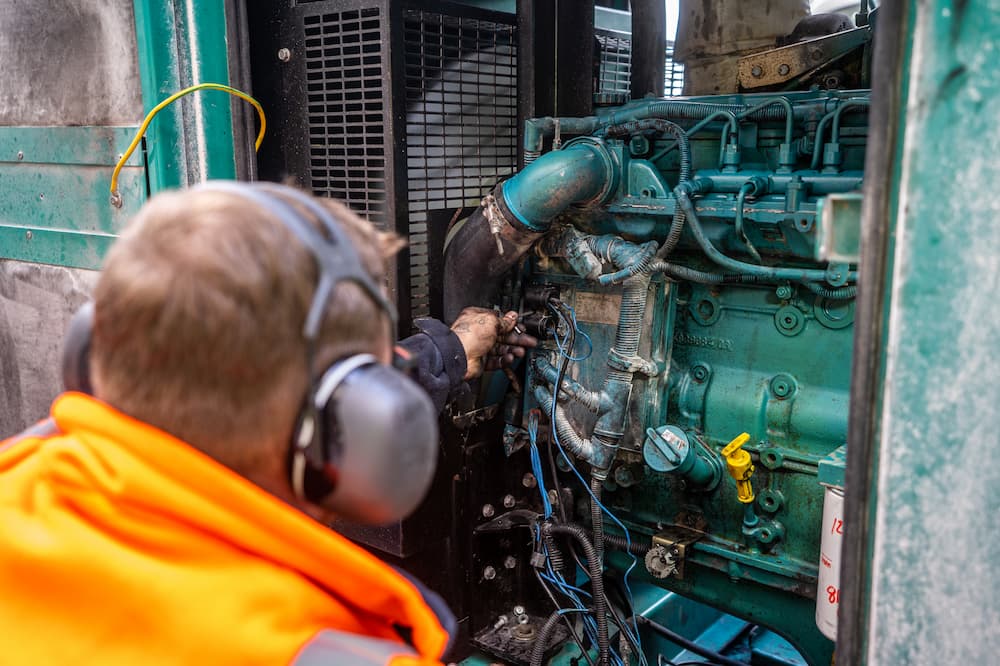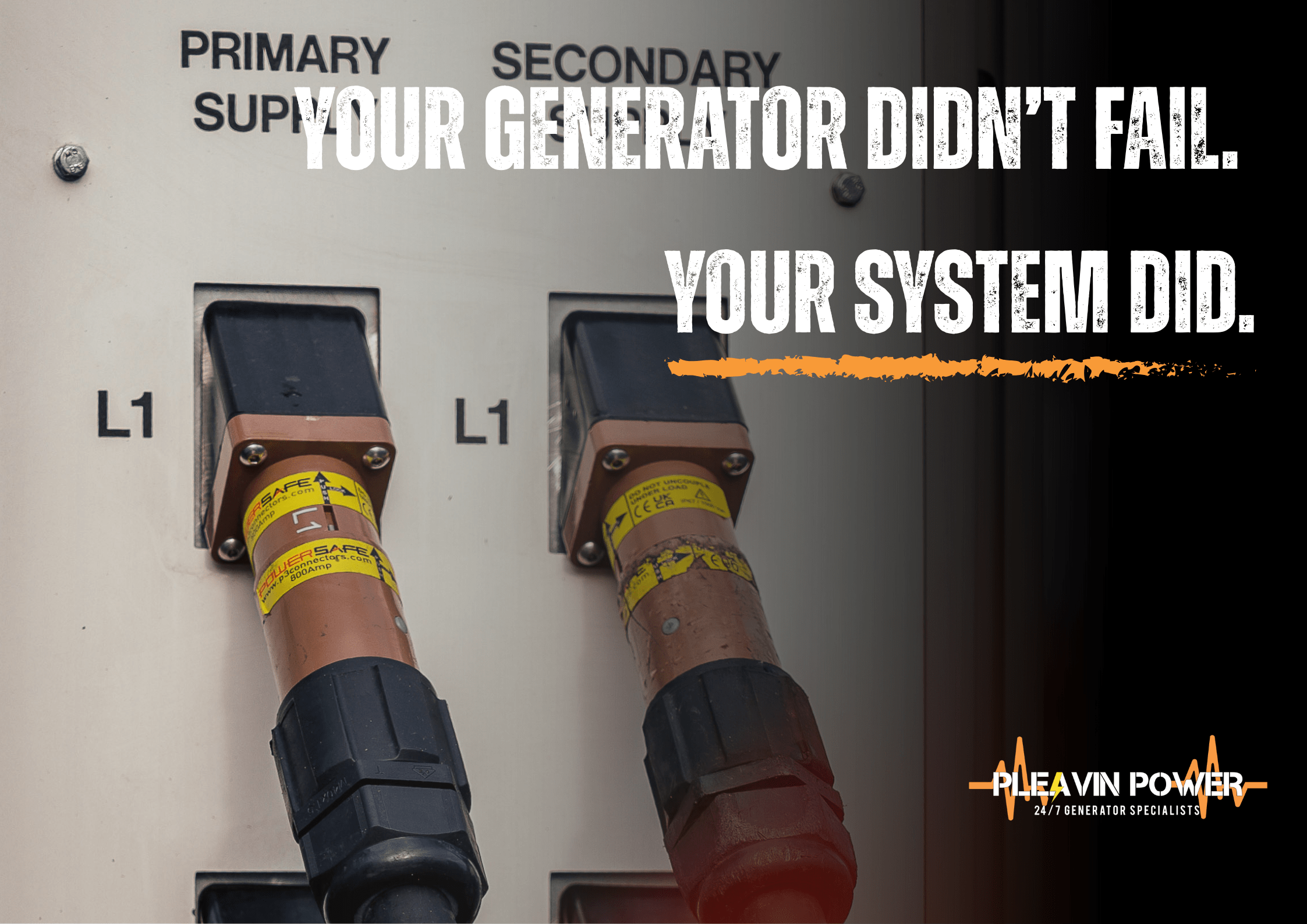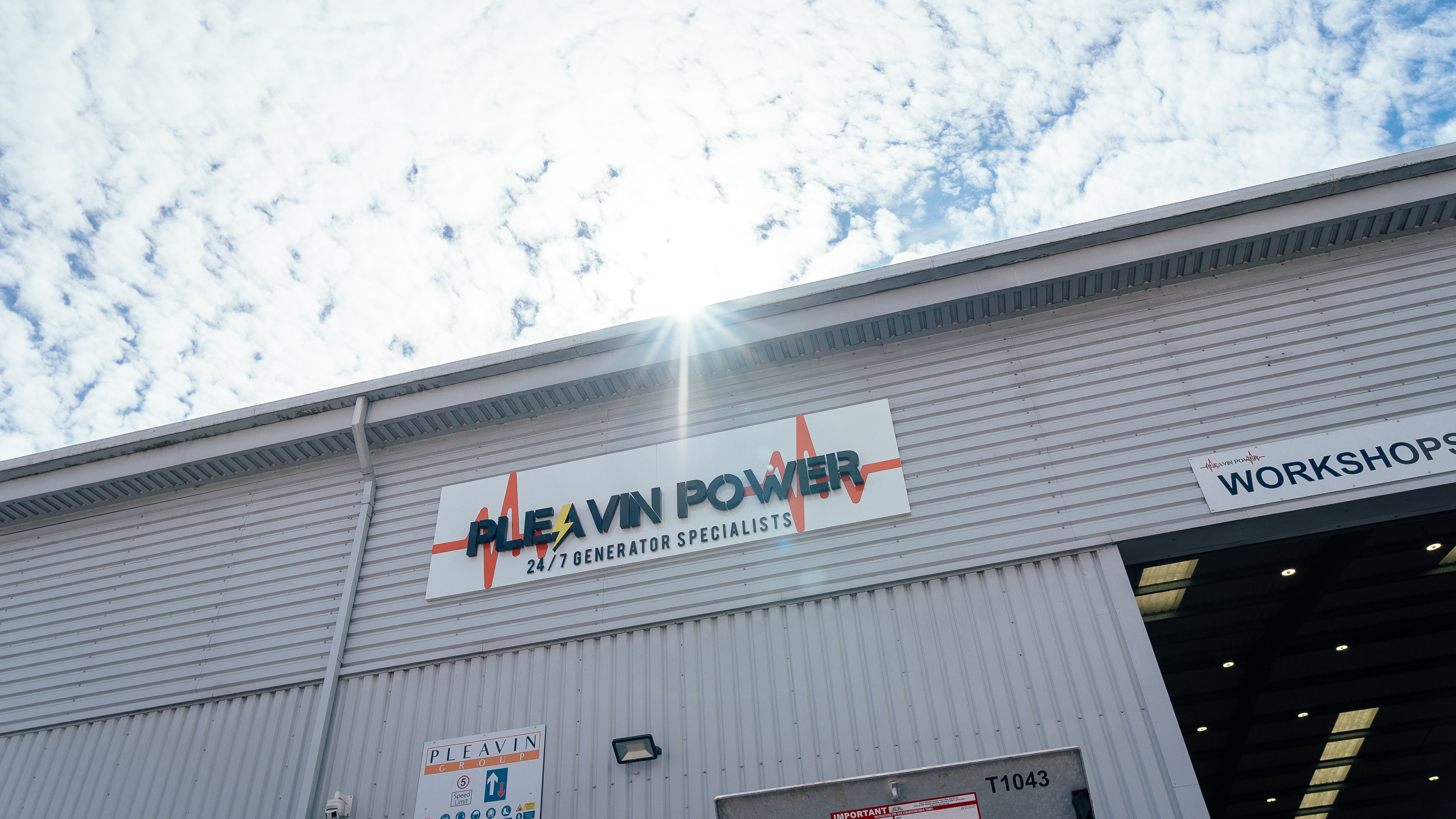Gas-powered generators are indispensable when it comes to providing reliable backup power during emergencies or off-grid situations.
Understanding how these generators work can help us appreciate their functionality and make informed decisions when selecting and maintaining them.
In this blog post, we will delve into the fundamental workings of gas-powered generators, exploring the key components, the combustion process, and the overall functionality of these essential power sources.
Key Components of a Gas-Powered Generator
The key components of a gas-powered generator are the engine, alternator, fuel system, cooling system, and exhaust system.
The engine is the heart of a gas-powered generator. It is typically a small internal combustion engine that runs on gasoline or natural gas. The engine is responsible for converting the chemical energy in the fuel into mechanical energy.
The alternator is connected to the engine. Also known as the generator head, It comprises a stator and a rotor.
As the engine rotates the rotor, it induces an alternating current (AC) in the stator windings, which generates electrical power.
The fuel system supplies the engine with the necessary fuel, either gasoline or natural gas. It typically includes a fuel tank, a fuel pump (in the case of gasoline generators), and a carburettor or fuel injection system to control the fuel-air mixture.
Gas-powered generators feature a cooling system that prevents the engine from overheating during operation. This system usually consists of a radiator, a coolant, a water pump, and a fan.
Finally, you have the exhaust system. This directs the combustion byproducts and gases away from the engine. It typically includes an exhaust manifold, a muffler, and an exhaust pipe.
The Combustion Process Explained
The combustion process in a gas-powered generator involves a series of steps that convert the fuel’s chemical energy into mechanical energy.
Fuel Supply
The fuel system delivers the appropriate amount of fuel to the engine. In the case of gasoline generators, the carburettor or fuel injection system regulates the fuel-air mixture. For natural gas generators, the fuel supply is controlled by a gas valve.
Air Intake
The engine draws in fresh air through an air filter. The air combines with the fuel to create a combustible mixture.
Compression
The piston compresses the fuel-air mixture within the combustion chamber. This compression raises the temperature and pressure, preparing the mixture for ignition.
Ignition
A spark plug generates a high-voltage spark that ignites the compressed fuel-air mixture. The spark initiates combustion, causing a rapid expansion of gases.
Power Stroke
The ignited fuel-air mixture rapidly expands, pushing the piston downward. The piston’s motion rotates the crankshaft, which is connected to the alternator. As the alternator spins, it generates electrical power.
Exhaust
After the power stroke, the exhaust gases are expelled through the exhaust system. The cycle then repeats, with the engine continuously compressing, igniting, and exhausting the fuel-air mixture.
Gas-Powered Generators Power Generation
Gas-powered generators operate on the principle of converting mechanical energy into electrical energy. Here’s a breakdown of the functionality and power generation process.
First of all, you have the starting mechanism. To initiate the generator, a starting mechanism such as a pull cord or an electric starter motor is used to rotate the engine’s crankshaft. This kickstarts the combustion process.
The speed at which the engine operates directly affects the frequency and voltage of the generated electricity.
The governor system or an automatic voltage regulator (AVR) helps maintain a stable engine speed and consistent power output.
As the engine rotates the alternator’s rotor, the magnetic field within the rotor induces an alternating current (AC) in the stator windings. The AC power produced by the alternator is typically in the range of 120 to 240 volts, depending on the generator’s design.
To ensure stable and safe electrical output, gas-powered generators employ voltage regulators. These devices monitor and adjust the voltage level to prevent surges or drops, protecting connected devices.
The generator’s electrical output is transmitted through outlets or electrical terminals, allowing users to connect various devices and appliances.
Depending on the generator’s configuration, it may offer different types of outlets, such as 120-volt household outlets, 240-volt outlets, or specialised outlets for RVs or industrial equipment.
In backup power applications, a transfer switch is used to seamlessly transition the electrical load from the main power source to the generator.
This ensures an uninterrupted power supply and protects against voltage fluctuations when the utility power is restored.
At Pleavin Power, we offer a wide array of services that ensure that your gas generator is working at its full potential. We are able to remotely monitor your power generation unit to ensure that all of the potential faults are identified as soon as possible.
Maintenance and Safety Considerations for Gas Generators
Efficient generator maintenance and adherence to safety guidelines are crucial for the efficient and safe operation of gas-powered generators.
First and foremost, be sure to perform routine inspections of the generator, checking for any signs of damage, leaks, loose connections, or worn-out parts. Address any issues promptly to prevent further damage or unsafe conditions.
Likewise, ensure that you follow the manufacturer’s guidelines for oil and filter changes to ensure proper lubrication and optimal engine performance. Regular oil changes help maintain the generator’s longevity.
Proper fuel storage is important to maintain fuel stability and prevent contamination. Ensure the fuel tank is clean, and consider using fuel stabilisers to prolong the fuel’s shelf life.
Clean or replace the air filter as recommended by the manufacturer. A clogged air filter can restrict airflow, leading to reduced engine performance.
Regularly check the cooling system for leaks or blockages. Maintain the proper coolant level and ensure the radiator and fan are functioning correctly to prevent overheating.
Gas-powered generators produce carbon monoxide, a deadly gas. Always operate the generator in a well-ventilated area, away from doors, windows, or vents. Install carbon monoxide detectors in your home as an additional safety measure.
At Pleavin Power, we provide excellent generator maintenance services, as well as repair services when needed. Call us today if you are having issues with your generator.















